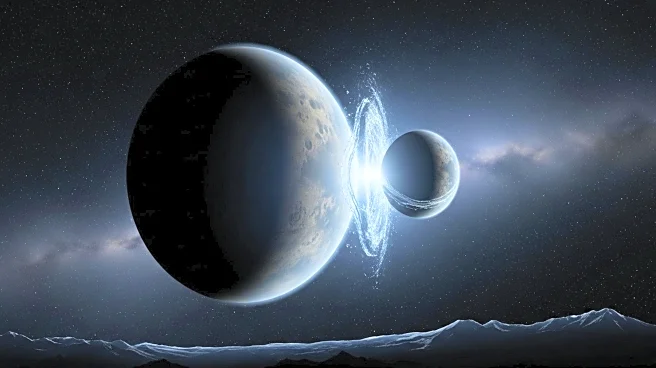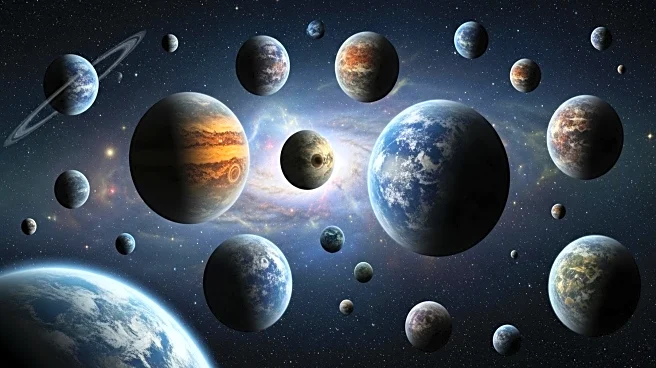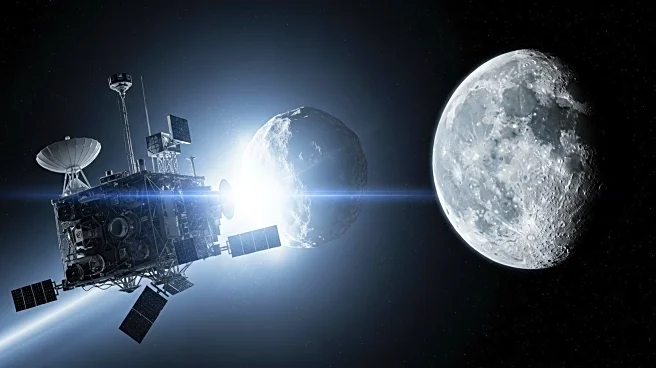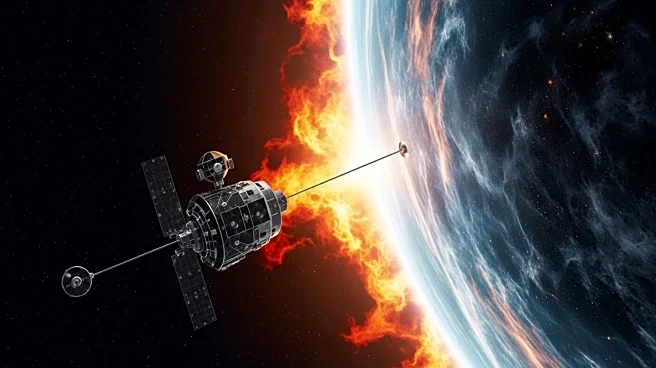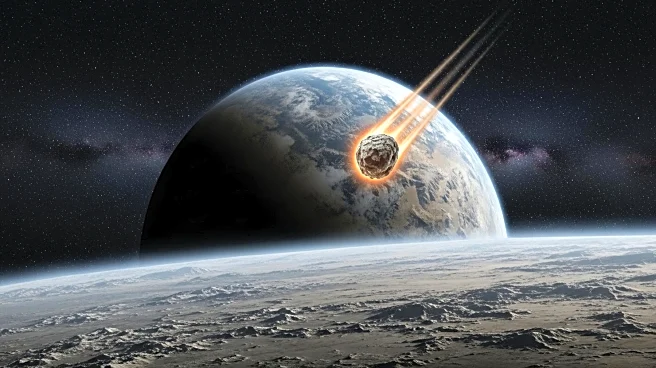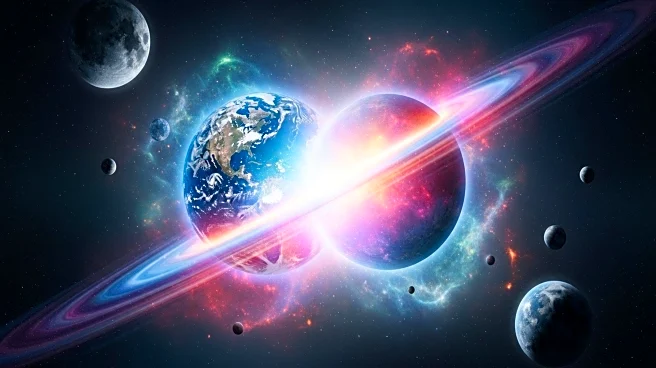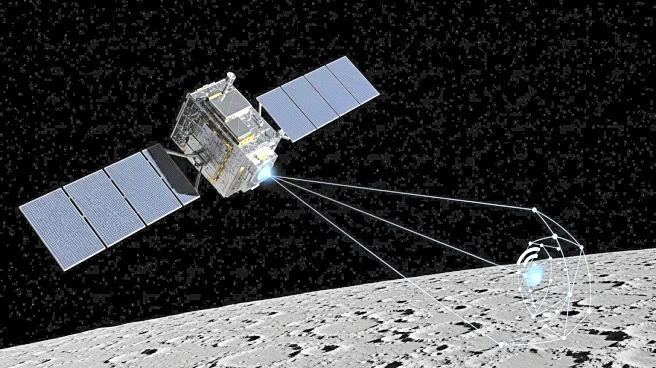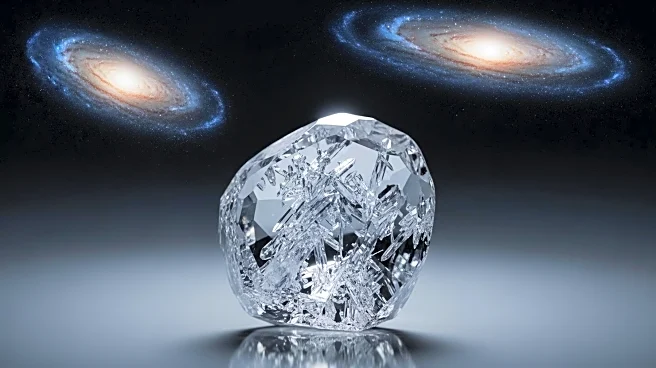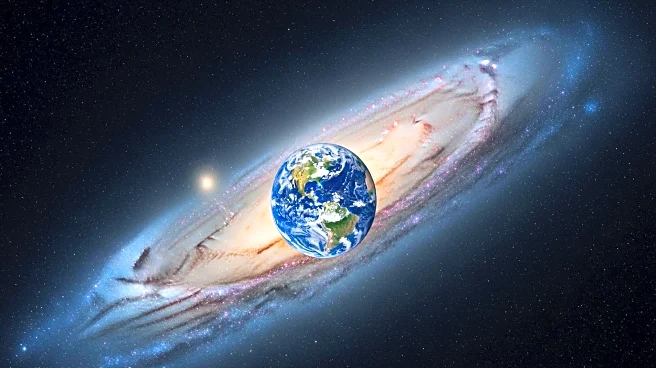What is the story about?
What's Happening?
A new study by the University of Bern has revealed that Earth's chemical composition was completed within three million years after the formation of the Solar System, initially lacking elements necessary for life such as water. The research suggests that a later planetary collision, possibly with a body named Theia, brought water to Earth, making it habitable. Using isotope and element data from meteorites and terrestrial rocks, researchers reconstructed the Earth's formation process, providing empirical data on the time of formation of the original material of the young Earth.
Why It's Important?
Understanding Earth's dry origins and the cosmic collision that brought water is crucial for comprehending the processes that make planets habitable. This research provides insights into the early phase of the Solar System and the conditions necessary for life. The study highlights the role of chance events in planetary development, suggesting that life-friendliness in the universe is not guaranteed. These findings contribute to the broader understanding of planetary habitability and the factors that enable life to exist.
What's Next?
Further investigation into the collision event between proto-Earth and Theia is needed to fully understand the physical and chemical properties of Earth and the Moon. Researchers aim to develop models that explain the collision's impact on Earth's habitability. This ongoing research will continue to inform the scientific community about the complexities of planetary formation and the potential for life beyond Earth.
Beyond the Headlines
The study of Earth's dry origins and the cosmic collision that brought water underscores the importance of understanding the processes that make planets habitable. The research highlights the role of chance events in planetary development, suggesting that life-friendliness in the universe is not guaranteed. This study contributes to the broader understanding of planetary habitability and the factors that enable life to exist.
AI Generated Content
Do you find this article useful?
